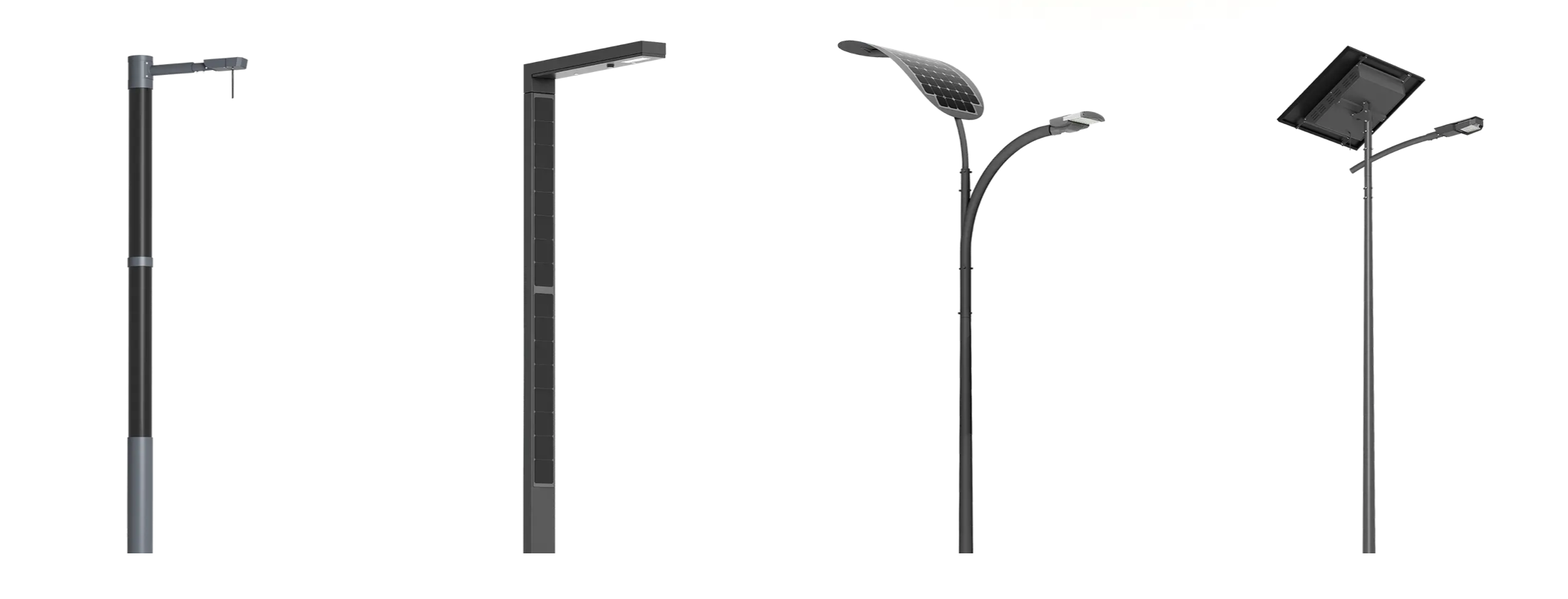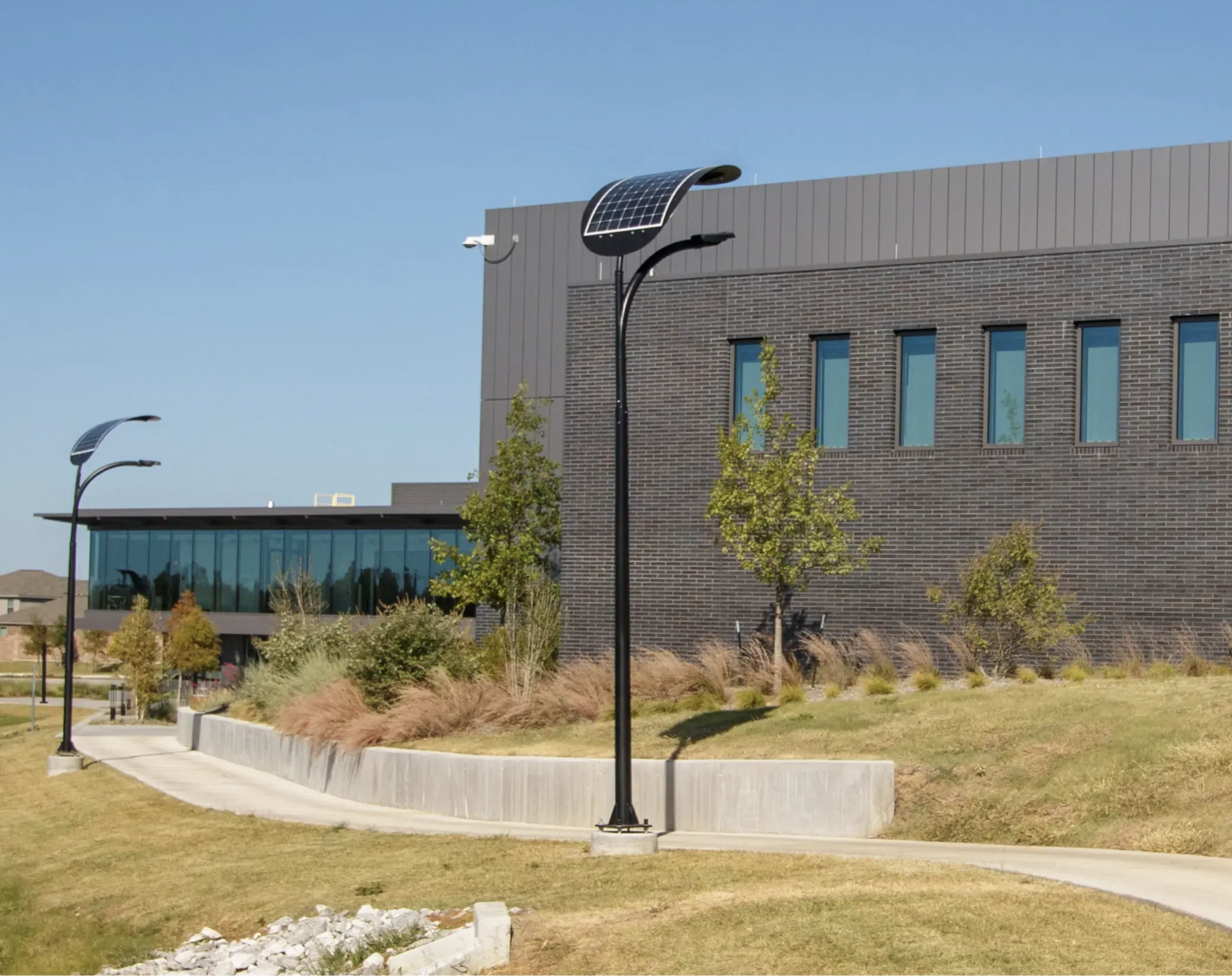Light Pollution
line
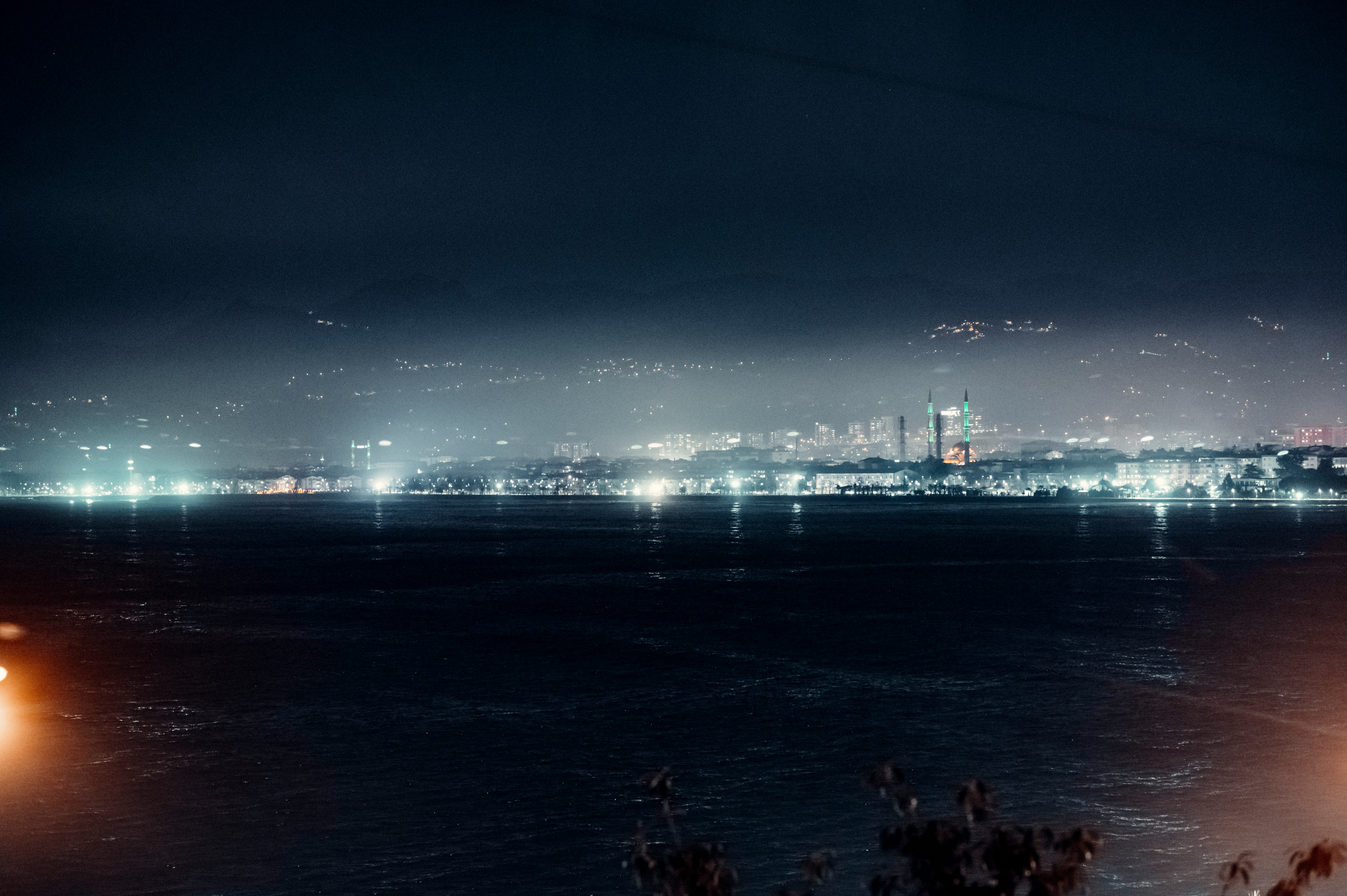
Light pollution, caused by excessive artificial lighting at night, has far-reaching consequences. Sources such as billboards, street lamps, and other outdoor lighting contribute to the issue, particularly in densely populated areas like the East Coast of the United States. This overabundance of light creates a smog-like effect, obscuring the stars and brightening the night sky unnaturally. The brighter the night appears, the greater the light pollution. Ideally, we strive for dark skies, but challenges like light trespass—when uncontrolled light shines in unwanted directions—and light clutter, where lights are placed too closely together, exacerbate the problem. Properly designed outdoor lighting, however, can minimize these issues.
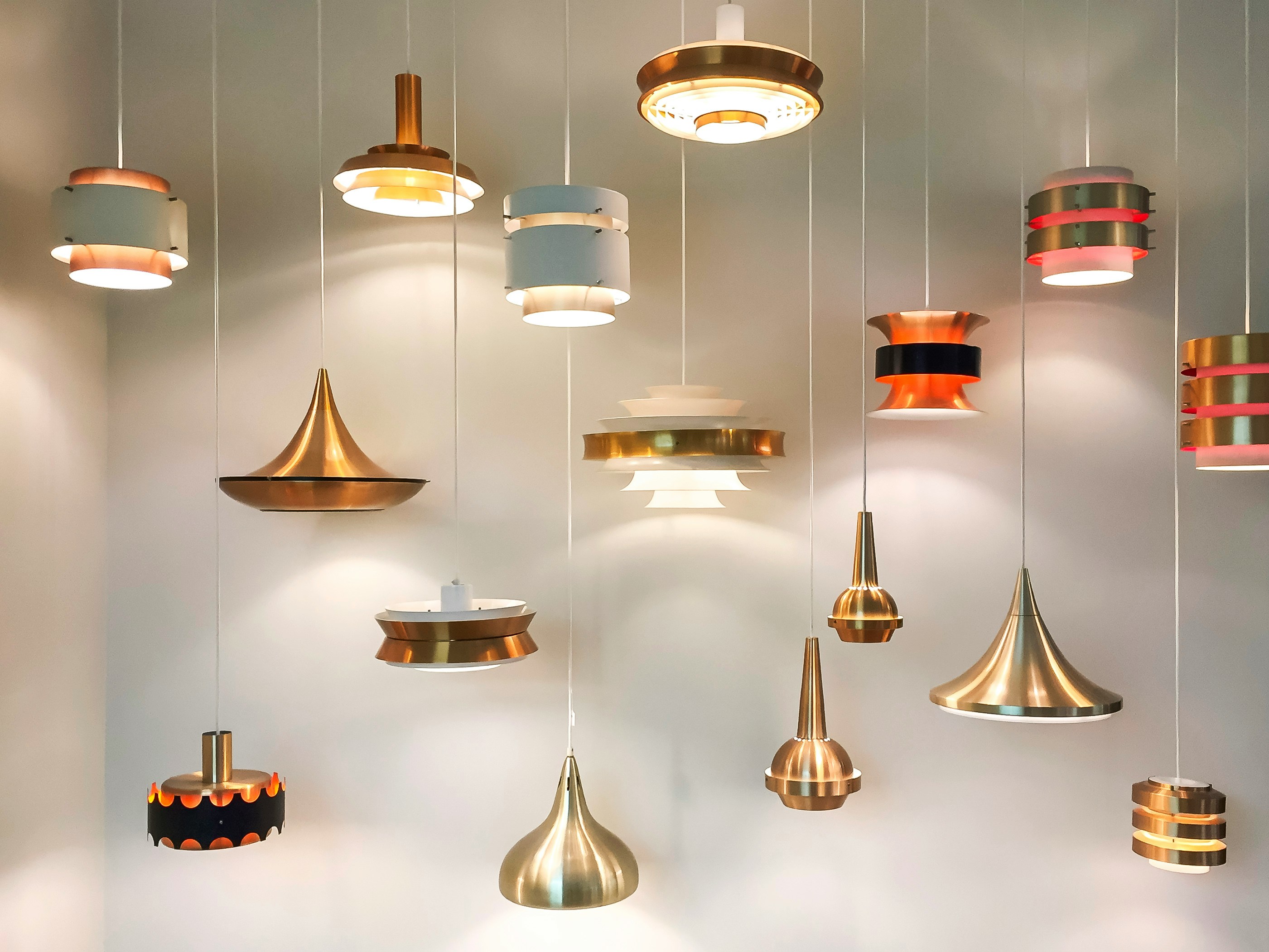
Selecting the right outdoor lighting involves several key considerations: the type of light shield, color temperature, intensity, and timing. Light shields play a critical role in reducing pollution. Unlike lampshades, shields prevent light from escaping upward. The best lamp shield ensures the light is directed downward at a 65º angle. This significantly decreases light pollution without restricting design options. The International Dark-Sky Association states that 30% of outdoor lighting in the US are pointing upward, which wasted more than 1.5 million kWh of energy and 6 million tons of coal each year.

While LED lights are celebrated for their energy efficiency and longevity, their color temperature is an often-overlooked factor in reducing light pollution. Traditional blue-white LED lights, with correlated color temperatures (CCT) of 3500 K to 6500 K, produce harsh glare that disrupts wildlife and human sleep. Exposure to blue light suppresses melatonin production, resulting in poorer sleep quality and shorter resting periods. Additionally, these cool-toned lights disorient migratory birds and interfere with nocturnal animals' behaviors. Conversely, warm-toned lights (2700 K to 3000 K) offer a better alternative. They produce a soft, relaxing glow that supports melatonin production, reduces glare, and has less impact on wildlife. Warm lights scatter less in the atmosphere, further minimizing their contribution to light pollution.
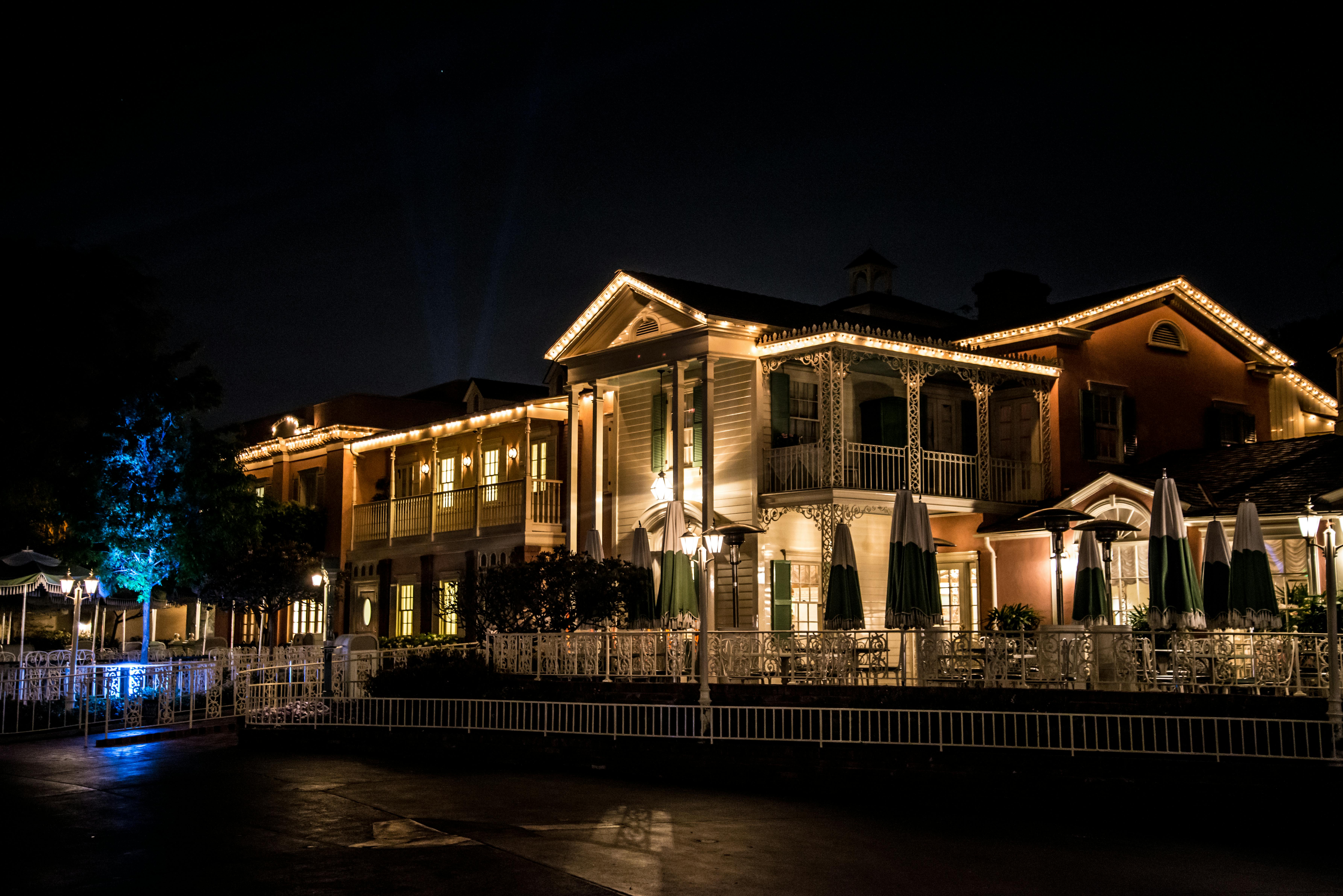
Proper timing and intensity also play a role in mitigating light pollution. For security purposes, high-intensity lights with motion sensors are ideal, while decorative lighting benefits from low intensity and timers. Lights should only be used when necessary, and dimming or turning them off during periods of inactivity helps conserve energy and reduce unnecessary illumination.
